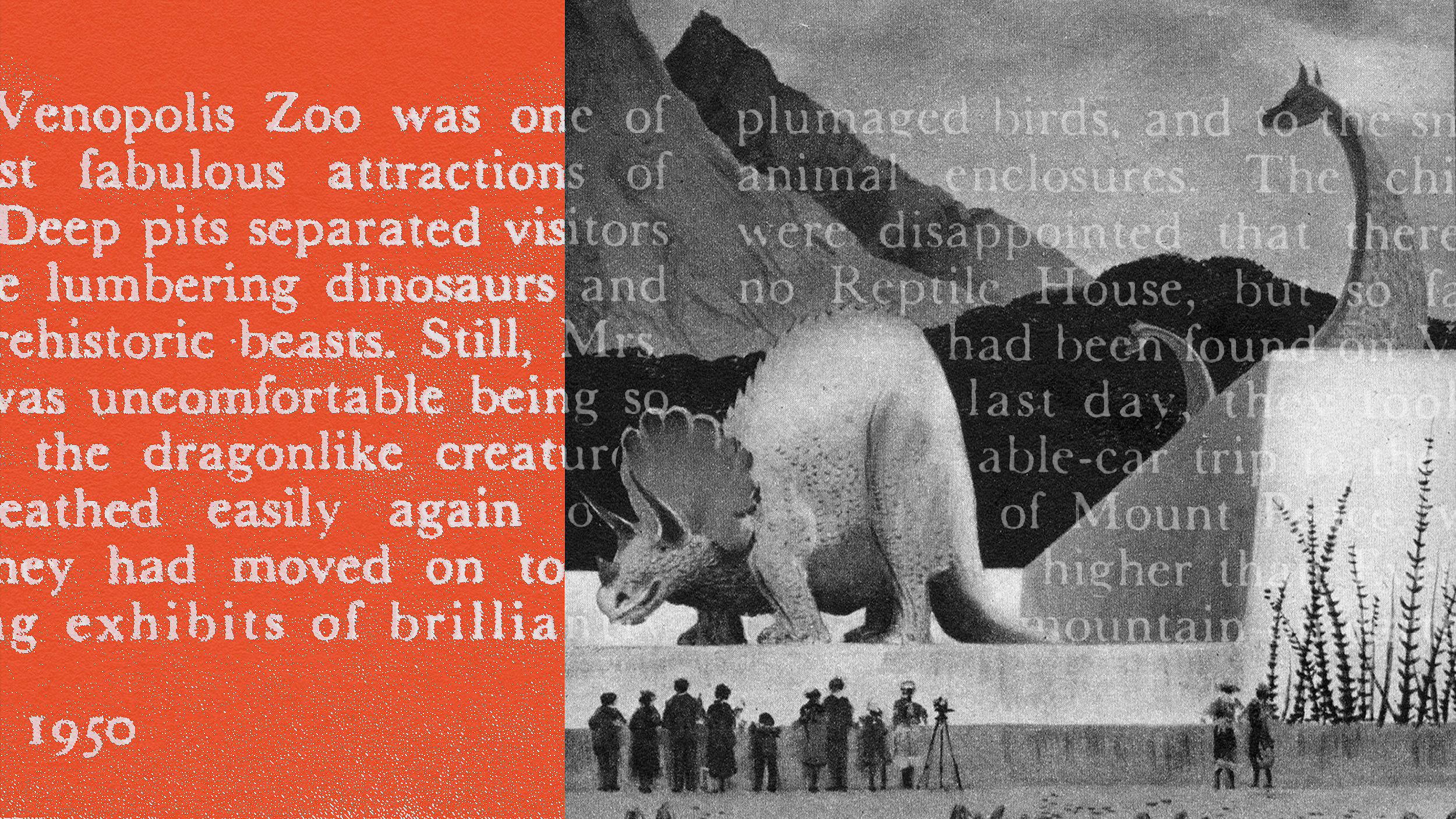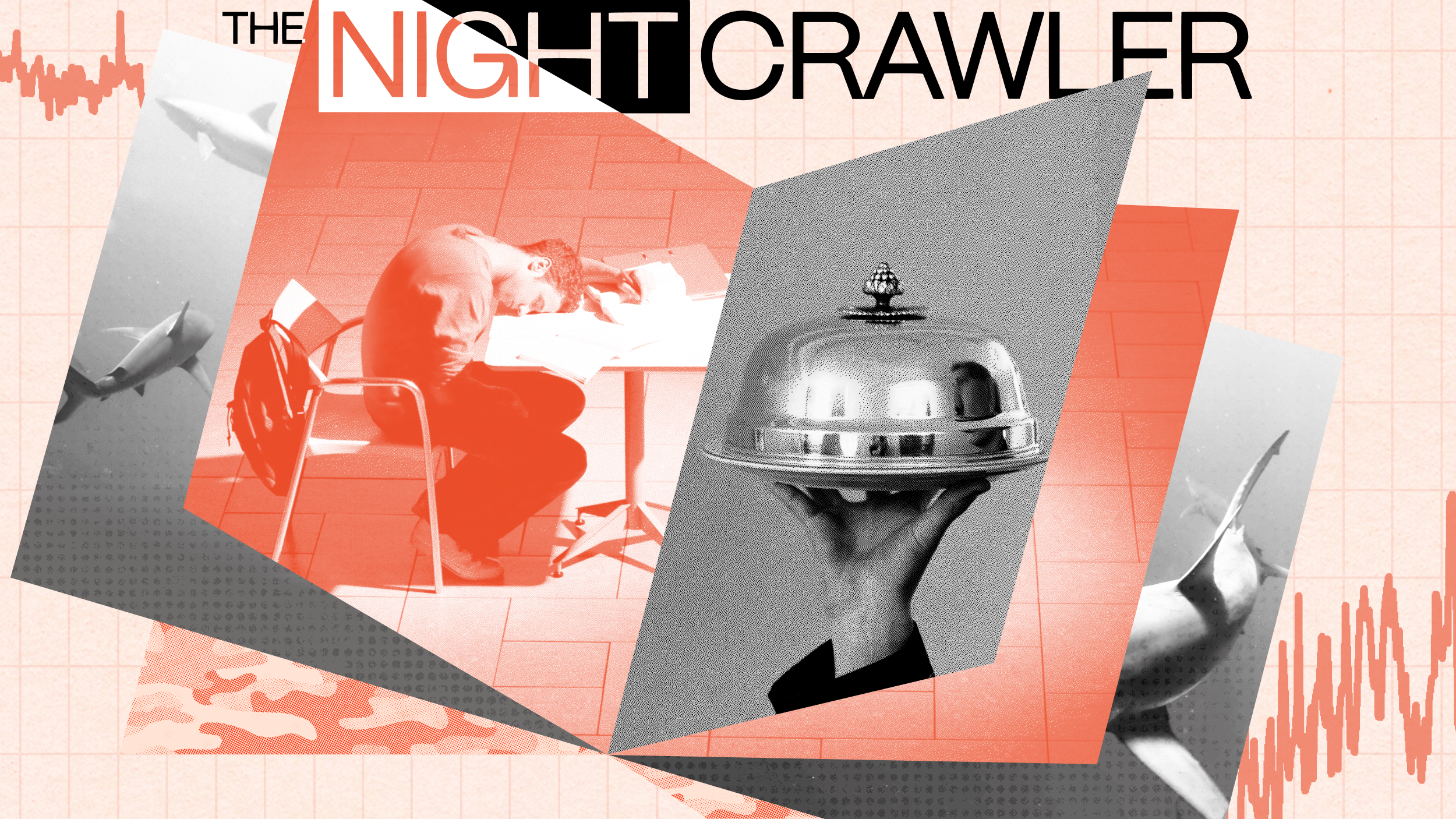Why do artists come to New York?
David Life: Well when I came to New York, as most starving artists are, I was starving and I didn’t have a lot of cash. And so right away I started looking for the lowest rent area in the city. And the lower East Side at that time was available. Right away I looked at a store front and moved in as a studio and living space combination. And in quite a short time, that studio living space also became a café where local friends could hang out; and gradually develop quite a thriving poetry and jazz music scene. It became called Life Café, and the reason for the name was because of my lack of funds for renovation. I had brought a lot of collectible things like old Life magazines from the ‘30s, ‘40s, ‘50s, and that became my wallpaper. I covered up the holes in the plaster with Life magazines, and covered the whole front of the building with a collage of Marilyn Monroe, and John Kennedy, and so forth and so on. I called the place Life. I was a painter, and painters from the Midwest tend to be a little bit skeptical about New York. And so the first place I headed looking for a place to live was the West Coast. I spent a long time in Seattle, and San Francisco, and the Southwest – eventually then making my way back to the East Coast. And a friend asked me to spend some time in New York City with him, and right away I fell in love with the city. I saw that it was the place that I’d been looking for all along . . .New York changes daily; but generally speaking what New York City . . . what tends to happen in New York City is that the new arrivals settle in a part of the city that’s run down a little bit, lower rents because that’s what they can afford. They congregate there, and a kind of . . . In the case of the lower East Side, in the case of Greenwich Village and Soho, an art scene develops. It starts to develop. It’s at that point that the city’s eyes open, and the collectors, and the critics, and the galleries start to kind of assemble around this low income area and look for opportunities. And at . . . Just before that point, the lower East Side was like the Wild West. It was . . . everybody was responsible for themselves. There were many clubs that opened – gathering places that didn’t . . . weren’t legally licensed, but compared to the heroin and the cocaine traffic that was next door, they were seen as a civilizing influence and allowed to continue to exist for some time. That created a foundation in the community. But then I believe a little bit too quickly, the collectors and the galleries moved in and tried to exploit the . . . the vitality of that scene as they all wanted to do. And they did, and the lower East Side art scene became quite . . . started to mushroom and was successful for a short period of time. I think it could’ve done more if it was left alone longer. But what happens is that when collectors come in and start buying art out of the studios and storing it in Brooklyn and waiting for the artists to die, it . . . it stops the development of the community. And of course artists start competing with each other instead of just living in proximity of each other. And it cuts short the dialogue and the development of a philosophy and a rationale for the . . . the movement . . . the artistic movement. And so it . . . without that firm foundation why we’re doing this artwork, it tends to fragment it and eventually to disintegrate it. Recorded on: 10/31/07





